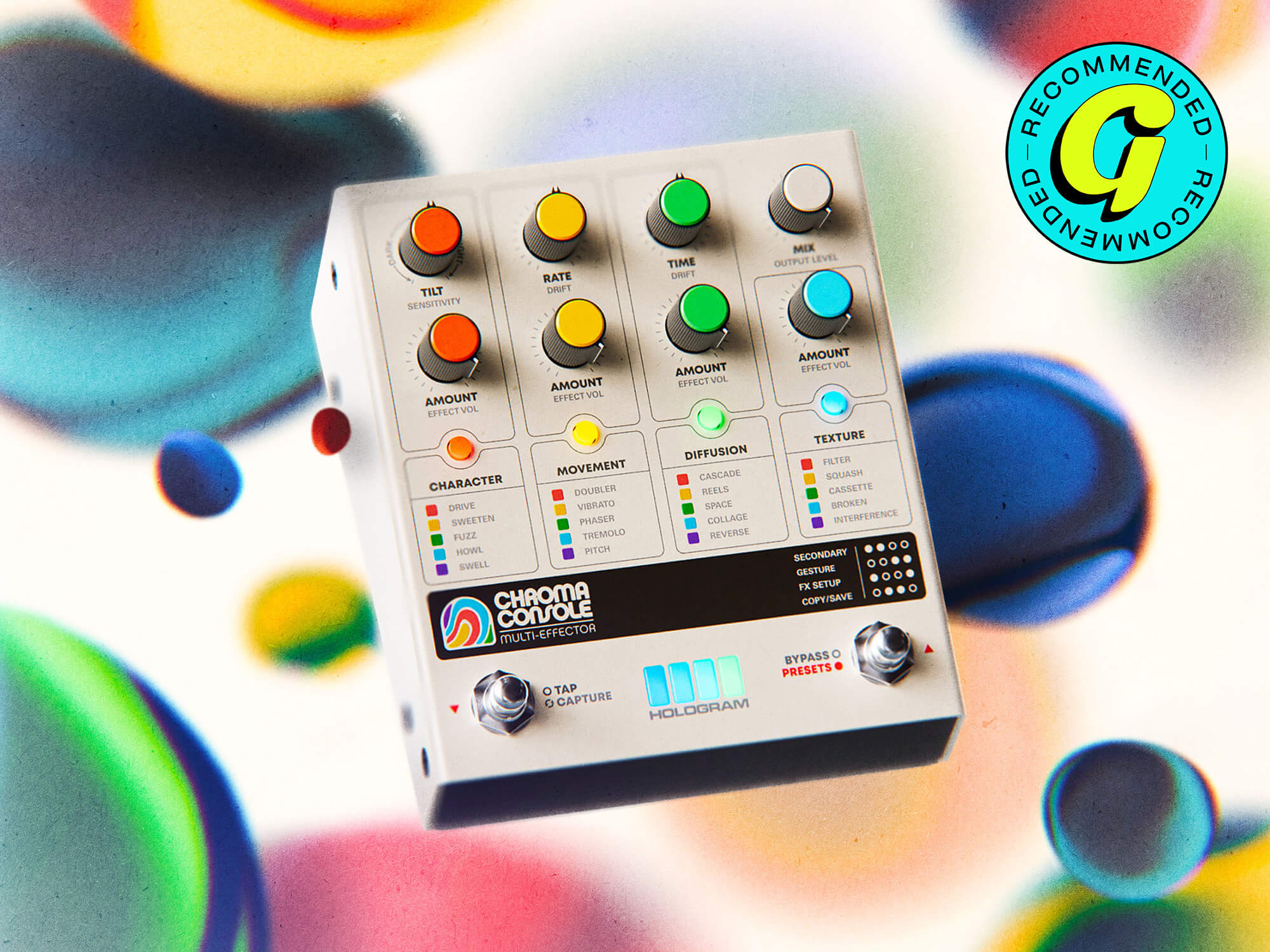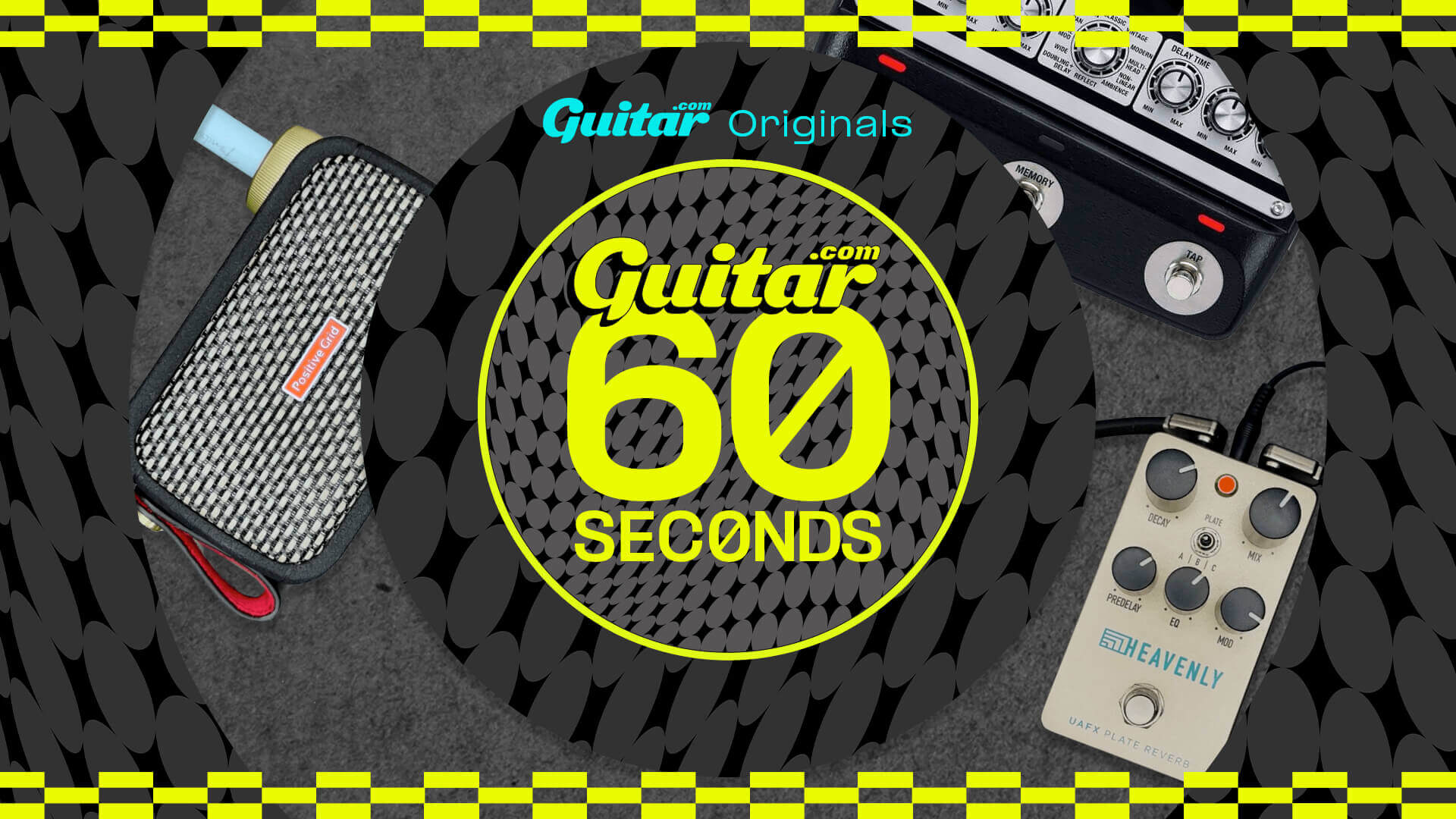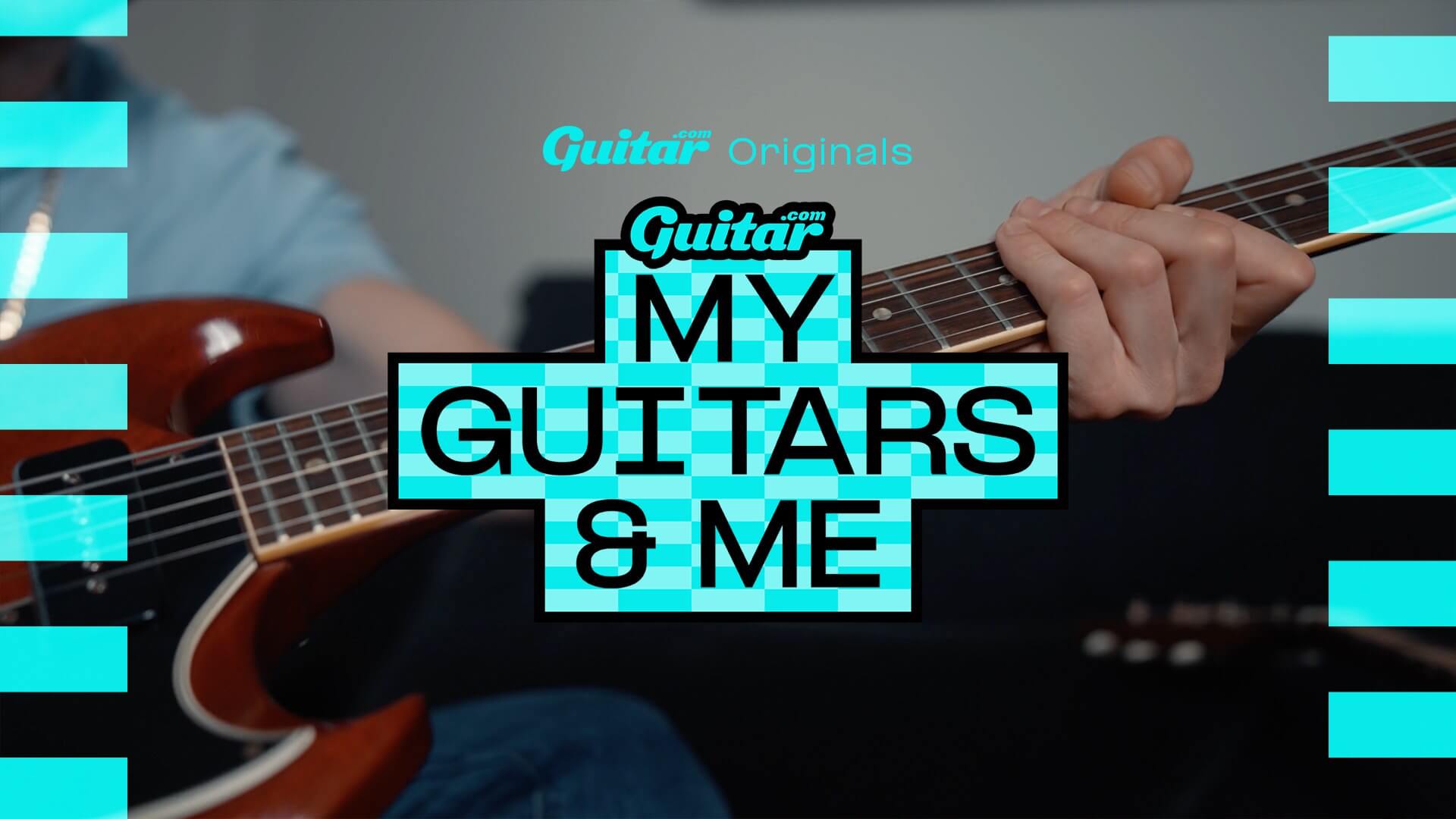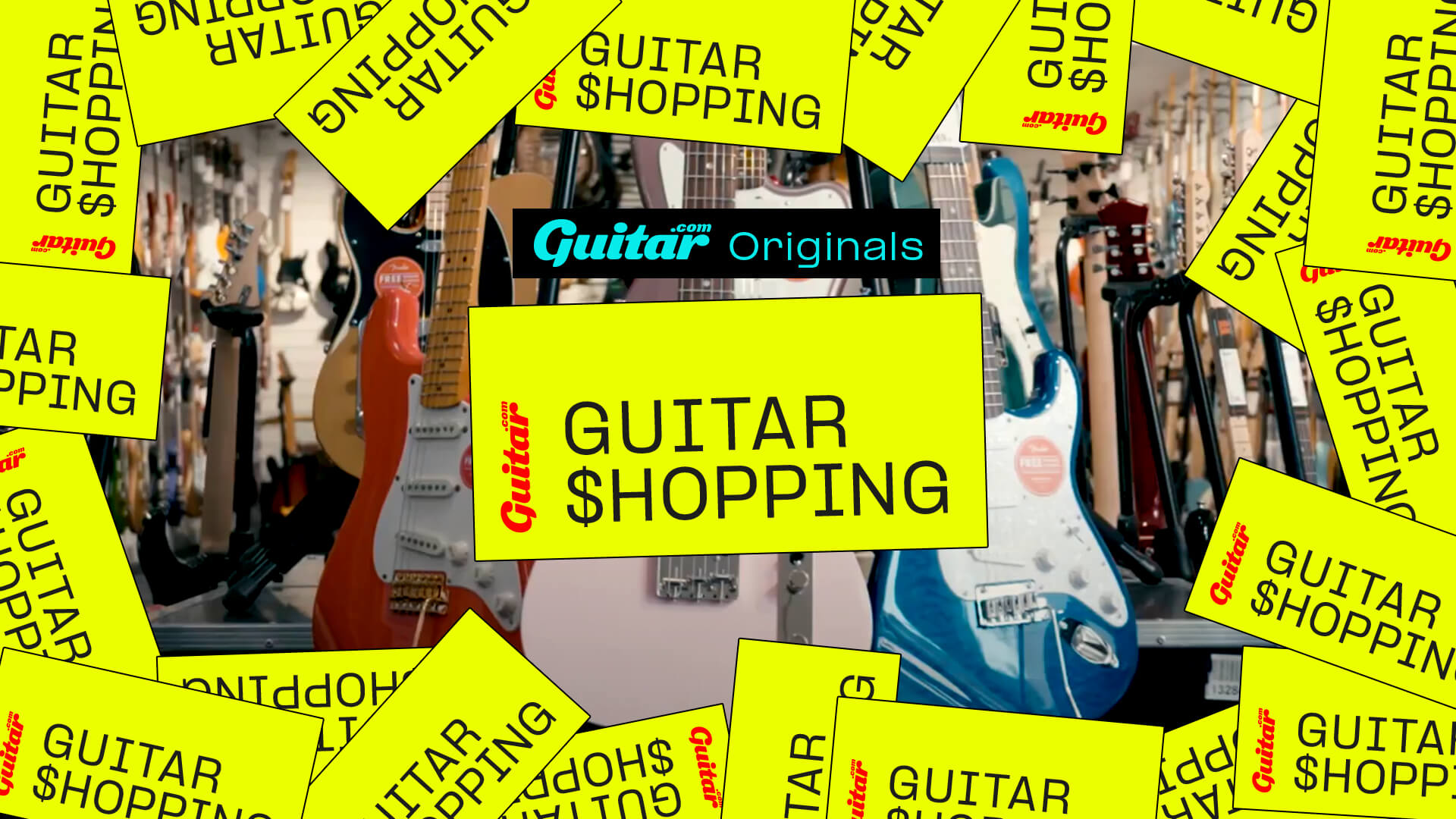Hologram Electronics Chroma Console review – the ultimate user-friendly multi-effects?
The US boutique maker is known for making innovative and inspiring pedals, but will this 20-sound multi-effects unit pair that with an ease of use that even purists can get on board with?

Hologram Electronics Chroma Console
Review Overview
Our rating
9
Our verdict
$399/£426, hologramelectronics.com
For many years, guitarists generally fell into one of two camps – pedalboard guys, or multi-effects guys. However, the rise of high-end DSP and especially the popularity of Line 6’s HX Stomp has seen many players incorporate smaller multi-effects units into their pedalboards. With that in mind, it was only going to be a matter of time before a boutique player brought their own unique, and now we have it in the shape of the Chroma Console from weird and wonderful soundscape merchants Hologram Electronics.
Complexity and a lack of immediacy are often the deal-breakers that put people off using multi-effects, but the Chroma Console promises an accessible design with nary a touchscreen or nested menu in sight. There is also the prospect of high-quality sounds that offer, “eccentricity, grit, and lively instability of beloved vintage recording technology”. This could be a compelling proposition.
What does the Chroma Console do?
On the very surface, the Chroma Console is a 20-effect multi-effects unit that divides its sounds into four distinct ‘effects modules’ – Character, Movement, Diffusion and Texture. Of course, this being a Hologram Electronics pedal, there’s a lot more going on under the hood. Each of these four modules has five different sounds, and you can combine any four of these sounds into a signal chain of your choice.
You wouldn’t expect a Hologram pedal to put any kind of buffers on your creativity and so you can set these four effects up in any order you want – and bypass any you want too. You can even record the twiddles of the knobs for each effect in real-time using ‘Gesture’ mode, or sustain and loop your audio with the ‘Capture’ mode. It all adds up to more than 500 possible effect combinations that you can tweak and manipulate to various extremes, and there’s room to store 80 user presets on tap too.

Is the Chroma Console easy to use?
If all that is making your head hurt just at the thought of trying to navigate it, honestly, don’t panic – the most shocking thing about the Chroma Console isn’t that it’s a wonderfully unique and creative soundscape pedal… it’s probably the most easy-to-use and idiot-proof effects pedal I’ve ever had the pleasure of getting to grips with.
Key to this is the straightforward user interface – unlike so many other multi-effects units, everything you need to know about what’s happening with the pedal is determined by the position of the colour-coded knobs for each effect, plus similarly helpful status lights for which effect is live and the soft-touch buttons that select them. There’s no deep menu diving here, no endless scrolling through menus – everything you need is controlled by a button, a knob or a footswitch.
The naming of the traditional effects types here breaks with conventions – Character is your drive, Movement is all your modulation, Diffusion is all your ambient/time-based sounds, and Texture indulges everything from a bit-crushing grit to broken cassette lo-fi warble.

While the Gesture feature sounds a bit scary in theory, in practice again it’s quite a fun time – having the effect amount or rate change precisely in the way you twisted a knob in real-time is really useful to have as a preset. It’s also something that I haven’t seen on any other multi-effects units out there. Speaking of presets, saving them is as simple as pressing two buttons – no messing around here.
Regular multi-effects users will perhaps miss the inability to program the BPM of the Diffusion module – something that’s pretty standard on most multi-effects with delay. It’s easily done through the pedal’s built-in MIDI control but in fairness, the whole point of this pedal is to worry less about rigorous precision and more about experimenting on the fly with those very appealing coloured knobs.

What does the Chroma Console sound like?
When you’re encountering a pedal that’s likely to get weird sonically, it’s always helpful to pair it with a guitar and amp that you know well, leaving you free to appreciate the finer details, thus I run the Chroma Console between my tried and true Vintera II Jazzmaster and Matchless Nighthawk 15.
Rather than jump straight into the deep end, I start out by trying each effects module independently, and straight off the bat I’m really impressed by how usable the drive sounds of the Character module are.
Anyone who has played a lot of multi-effects will know that even on high-quality units, the dirt sounds often lack much of the character and punch of a standalone overdrive pedal, but here I find myself happily bashing out chords and riffs across the gamut of dirty tones.
Another individual standout is the Pitch mode of the Movement module. I’m soon able to achieve faux-baritone sounds that are genuinely impressive, and could be hugely useful and impactful to have at the flick of a switch in a live setting.

However, while each effect sounds great on its own, the fun part here is all about putting those sounds together and doing so in ways that you might not with traditional pedals. In this, the Chroma truly stands out as one of the most musical and creative pedals I’ve played in a good while – the ability to mix up the order of the modules creates unexpected and unique sounds with ease, from weird glitchy filters, to ambient soundscapes.
My favourite was placing the Character module after the Diffusion mode, with the Texture mode’s ‘cassette’ sound following – a wonderfully noisy and exciting sound that even Kevin Shields would surely enjoy.
The only real drawback on the sonic front is that you can only use one effect from each section at a time, so there’s no potential for drive stacking here. That said, the Chroma Console isn’t designed to be exclusively used in isolation, and you could have plenty of fun here combining the wild effects on board with external pedals.
Should I buy a Chroma Console?
If you’re looking for a ‘complete’ boutique multi-effects experience then probably not, but that is emphatically not the purpose of this pedal. Instead it’s designed to be a multi-effects that sits on your existing pedalboard, or home studio desktop, and also offers a level of simplicity and ease of use that stompbox puritans can still get to grips with.
In that regard it hits it out of the park – the Chroma Console is by far the most fulfilling user experience I’ve had with any multi-effects. While I had high expectations given Hologram Electronics’ track record for making unique pedals, this might be the brand’s finest achievement to date, and is the sort of pedal that can create unique and musical sounds that could provide the basis for songs, albums… even whole bands.
What it may lack certain common features for a multi-effects unit, these decisions feel like they’ve been made for a reason, and it more than makes up for this with its ease of use and truly impressive array of sounds.
Hologram Electronics Chroma Console Alternatives
If you’re looking for a more straightforward multi-effects unit that will still sit on your pedalboard, the Line 6 HX One ($249/£249) is an affordable way to add a wealth of new sounds without compromising real estate. Another high-end alternative approach to multi-effects is the Eventide H90 ($899/£949), while if you want to just get glitchy and weird, you’ll be hard-pressed to beat Hologram’s own Microcosm ($459/£483)



